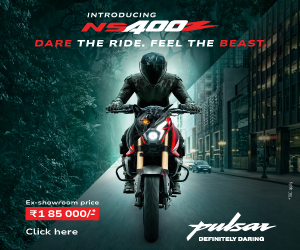 Steering RC bikes, flaunting Italian apparel or simply laying back on the couch engrossed in hardcore gaming – we give you the best options
Steering RC bikes, flaunting Italian apparel or simply laying back on the couch engrossed in hardcore gaming – we give you the best options
|
|
|
|
Kyosho RC Bikes |
Oakley Oil Rig and Straight Jacket |
|
|
|
|
Wheelman |
Alpinestars S-MX R Boots |
|
|
Alpinestars MotoGP Collection |






 Amit Chhangani tries to find a bit of love in the ‘Blade’s mechanical brilliance
Amit Chhangani tries to find a bit of love in the ‘Blade’s mechanical brilliance

 Akshay “Iron Butt” Kaushal rides more than 1000 miles to complete the SaddleSore ride.
Akshay “Iron Butt” Kaushal rides more than 1000 miles to complete the SaddleSore ride.
 TVS has upped the performance ante of the Apache with a new 180cc variant. Amit Chhangani gives the new bike the BI treatment
TVS has upped the performance ante of the Apache with a new 180cc variant. Amit Chhangani gives the new bike the BI treatment

 Bunny Punia spends a Sunday morning astride a rather different kind of bike
Bunny Punia spends a Sunday morning astride a rather different kind of bike



